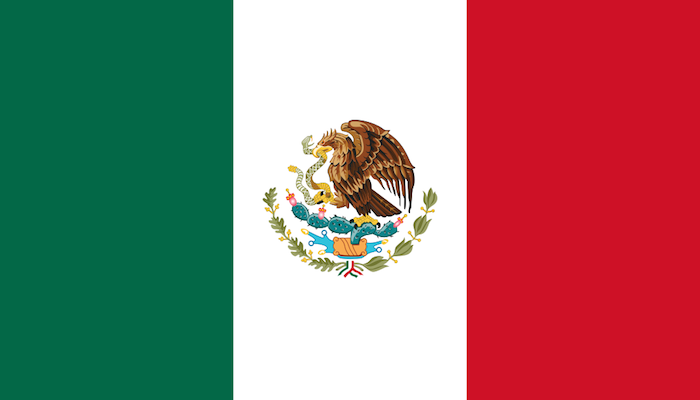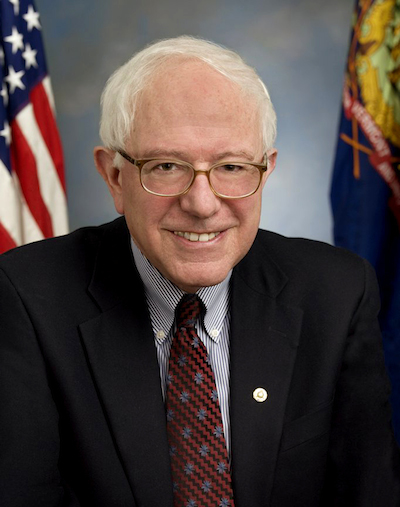Mexico’s Attorney General, Jesús Murillo Karam, has finally resigned from office, nearly four months after he made international headlines by exasperatedly saying “Ya me cansé” (roughly “I’ve had enough” or “I’m tired of this”) to reporters asking him questions during a press conference over the disappearance and suspected brutal murders of 43 students protesting government corruption and cartel violence.
That one boneheaded utterance perfectly crystallized every reason why the people of Mexico had come to be so angry at the current federal government for their inaction on the epidemic violence, corruption, fear, and disappearances. The three words quickly become a protest slogan.
The remark also sharply focused attention on Attorney General Murillo Karam in particular, because it was a mystery as to how he had managed to skate through such a long political career with minimal heat from the cartels and had now risen to the highest crime-fighting office in the land but didn’t seem to be doing much crime-fighting. A lot of people started to wonder if he was secretly cooperating with one of the cartels, just like the local government officials who abducted the student demonstrators and handed them over to the cartels to be killed, burned, and dumped.
It seems unlikely that simply replacing him will make much of a dent in the problem. But it might at least improve the tone of the government’s approach to the violence.






 Public college tuition could be cut in half by diverting defense spending, increasing state investment, and making other reforms to student lending, according to a proposal by Senate Budget Committee Ranking Member Bernie Sanders (I-VT)
Public college tuition could be cut in half by diverting defense spending, increasing state investment, and making other reforms to student lending, according to a proposal by Senate Budget Committee Ranking Member Bernie Sanders (I-VT) 